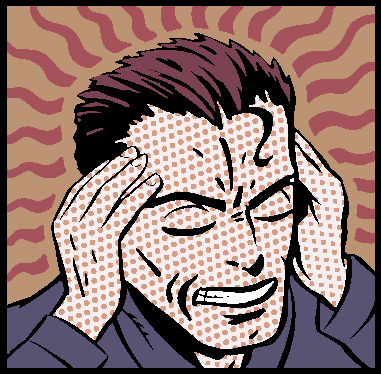Listen to Your Body to Avoid Injury: Part I
By Wendy Benwell, PT, DPT, MS
Ability Rehabilitation Specialists
During the last few miles of the marathon at the 2010 Ironman New Zealand, I was experiencing several thoughts and emotions.
I was most enthusiastic about my body feeling strong, without muscle or joint pain. Seven months of training had finally paid off. My main goal for every Ironman triathlon has been to finish before the cut-off time feeling somewhat strong.
I am fortunate, being a doctor of physical therapy and certified as a USA Triathlon coach, that I am able to design a training program for myself which will help to prevent injuries, but also help me to finish a race feeling strong. I feel that my background has helped me avoid getting injured. We all need to learn how to listen to our bodies and understand what our body is telling us.
As a former collegiate volleyball player I had to deal with several injuries secondary to the increased demands of the sport, especially practice time. The most severe injury was a fractured lumbar spine. I endured years of physical therapy to overcome the pain and resumed playing volleyball at a high level.
It was very difficult to listen to my own body at that time. I was unaware of the consequences of playing through the pain and I felt I would be letting my team down if I could not play due to injury. I felt I owed it to my team, my school and my coach to play regardless of the pain level or the consequences to my body.
Throughout my educational training as a physical therapist I came to understand the importance of listening to one’s own symptoms during a sport. The effects of playing through pain can be detrimental. I know of many athletes who train endlessly for a marathon or a triathlon only to be sidelined by an injury.
If athletes listen to their own symptoms during their training, they will have a greater chance of recovering and rehabilitating before the race date.
Symptoms During Your Workout
Listening to your body is imperative when training for a running race or a triathlon. Symptoms that you might feel during training could either indicate joint stiffness, muscular tightness, muscle soreness or pain from a previous injury. Stiffness, soreness and tightness are normal symptoms encountered during training, especially in a warm-up.
These symptoms should subside after approximately 10 minutes of an easy warm-up. However, sharp pain or severe tightness that persists during the workout could indicate a serious injury.
If you experience severe tightness or pain which persists during the workout, decrease the intensity, decrease the distance and stretch mid-run. If your symptoms subside, return to your normal workout the next day and listen to your body during the warm-up and workout.
However, if the symptoms continue, rest from running for approximately 48 hours. Ice the area of concern for 15 minutes every two hours and assess the symptoms. If you feel symptoms at rest, the injured area is still inflamed and the athlete should continue to rest or perform pain-free cross training. If the symptoms persist at rest and last longer than two to four days, the athlete should seek professional advice from a qualified physician or physical therapist.
Listen or Else!
If the athlete continues with a high-intensity workout while experiencing severe symptoms, the injury can progress and become increasingly worse. For example, I had a patient who was a runner and was consistently increasing her mileage in preparation for a marathon. She experienced calf tightness during training which became worse as she continued to increase her mileage.
Instead of listening to her symptoms and decreasing her mileage, decreasing the intensity of her workout or resting, she continued to run. She continued to experience severe calf tightness, which slowly turned into pain and tightness at rest.
What could have been a mild to moderate calf strain turned into a massive Achilles tendon rupture during one of her training days. The rehabilitation lasted approximately six to eight months and included complete rest from running.
The Road to Recovery
When recovering from a mild to moderate injury, the athlete should be very cautious during their training. The focus should be pain-free training with a slow increase in mileage and intensity. If the athlete is a runner, pain-free cross training such as swimming or cycling will help to maintain endurance and strength without compromising the running injury.
If the athlete is a triathlete, continue to focus on pain-free training. If cycling was the cause of the injury, decrease the number of cycling days and add more running and/or swimming. This will help to maintain a high level of fitness without compromising their endurance.
During training days, focus on slower, longer distances rather than high-intensity training days such as intervals or hill repeats. If the athlete is pain-free with slower, longer distances, add in tempo work gradually. Tempo work will help to increase speed without a high demand on the healing tissues.
Once tempo work is pain-free, slowly add in interval work and easy hill repeats. Gradually return to your training program while listening to your body. Listening to your body during this time of rehabilitation is crucial for proper healing.
Learn more on this topic by reading Part II.
Wendy Benwell has her doctorate in physical therapy and a Master of Science degree in kinesiology. She is a level I USA Triathlon coach as well as a level III USA Cycling coach. She has been competing in marathons and triathlons for the past 10 years, ranging from Olympic-distance to Ironman triathlons. She continues to maintain a full-time career as an orthopedic physical therapist while training for Ironman competitions each year.


